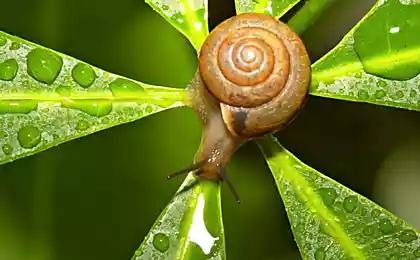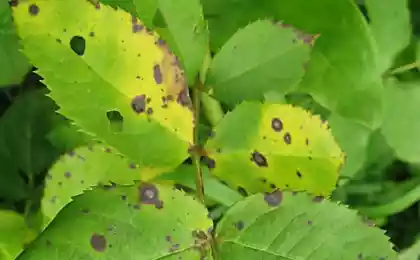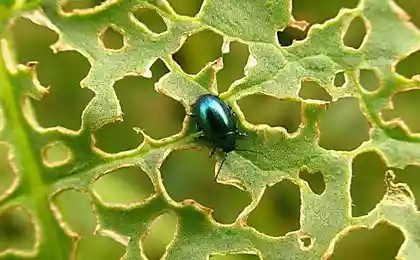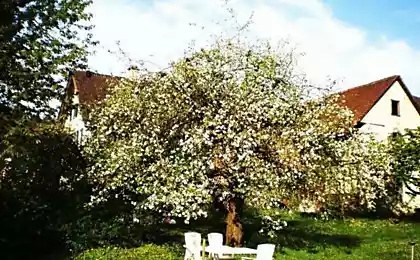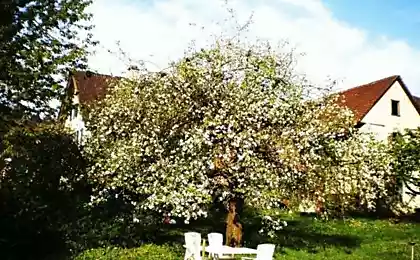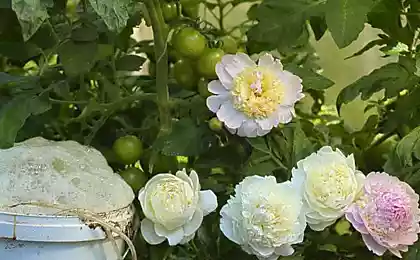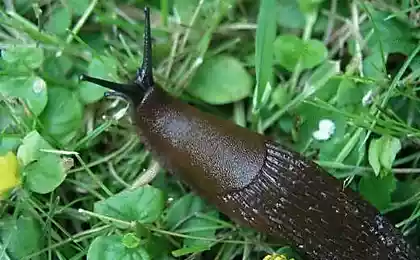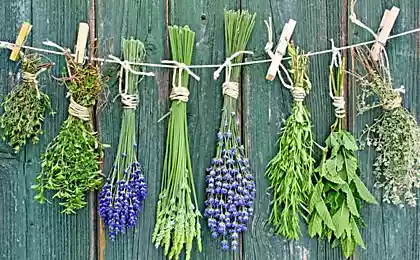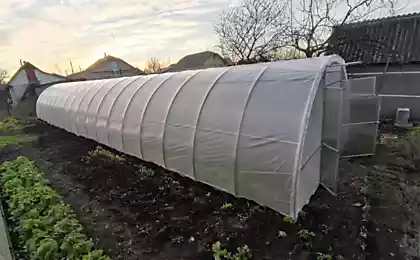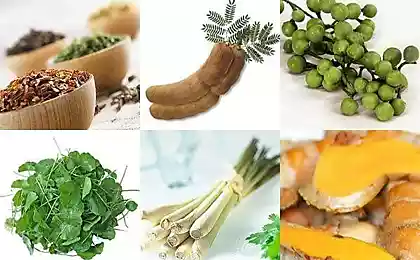470
To defeat the pests, it is necessary to listen to the plants
People lose the war with the insects. Every year we give them a powerful chemical beats, spending a billion ton insecticides. But beetles, in spite of these attacks, eats up a fifth of the harvest of agricultural crops.
Insecticides are expensive to manufacture and use, they have to constantly process plants. For example, apples are sprayed 20 times a year. Poisons against pests, dangerous and have side effects, causing disease of farm workers, industrial accidents, the death of harmless and even beneficial insects. Pests quickly adapt, making the expensive poisons ineffective.
Is it possible to save the crop without pesticides? It turns out that there is a harmless method of pest control, developed by nature itself. To learn how to use it, it is necessary to carefully "listen" to the plants, because they are at war with the insects, much longer than humans.
When the caterpillar or beetle starts to eat and starts chewing on a leaf, the plant responds to the attack by producing particular chemical substances in an attempt to ward off the "aggressor". Chemical signal released into the air and can be intercepted by neighbouring plants that also respond to attack by synthesizing its own chemical substances, repelling beetles. The signal becomes stronger and attracts the attention of predators that feed on plant pests.
This communication occurs constantly and is the most important and extensive forum on the planet. However, until recently, people didn't have the slightest idea about the existence of such an extensive "social network" and the language in which to communicate its members, since our sense of smell does not perceive the vast majority of chemical signals of plants.
The first evidence that plants can "talk" to each other, appeared in 1983. The researchers found that the attack of caterpillars on willow, not only the victim, but also the neighboring trees synthesize protective compounds. They have no eyes or ears, plants, however, share information. It soon became clear that this ability to send and receive chemical signals have not only willow, but almost all plants.
Deciphering the code of plants is an unprecedented opportunity for agriculture. Scientists working in this direction, I foresee an era when crop plants will be able to recognize pests, produce repellent compounds and to call on "friendly" insects. And all this without toxic and dangerous chemicals.
"Today we can't feed the world with this technology, says chemist John Pickett (John Pickett), one of the pioneers of this industry. But we are not going to give up the possibility of using modern technology to feed the world tomorrow."
The first step on this way — deciphering the code by which plants communicate. This is an important task, as mistakes can lead to the opposite effect. For example, in one study, corn plants, treated to some volatile compound become more attractive to pests.

Using advanced methods of analysis such as gas chromatography, the team sang at the research Institute Rothamsted Research have identified several volatile chemicals such as CIS-jasmon that respond to many plants. In the experiments, researchers, cotton and soybeans, over which was sprayed a synthetic CIS-jasmon started to produce compounds to repel the attack of aphids and other pests.
Real evidence that such strategies work, received since 1995 in Kenya and neighbouring East African countries, where the moth larvae destroy up to 80% of the corn crop. Today in the framework of the project of the International centre of physiology and ecology of insects in Kenya (International Center of Insect Physiology and Ecology in Kenya) and Rothamsted Research 75 thousand farmers between planting corn and sorghum are sown "repelling" and "attracting" plants that repel pests and attract their enemies.
Source: facepla.net


